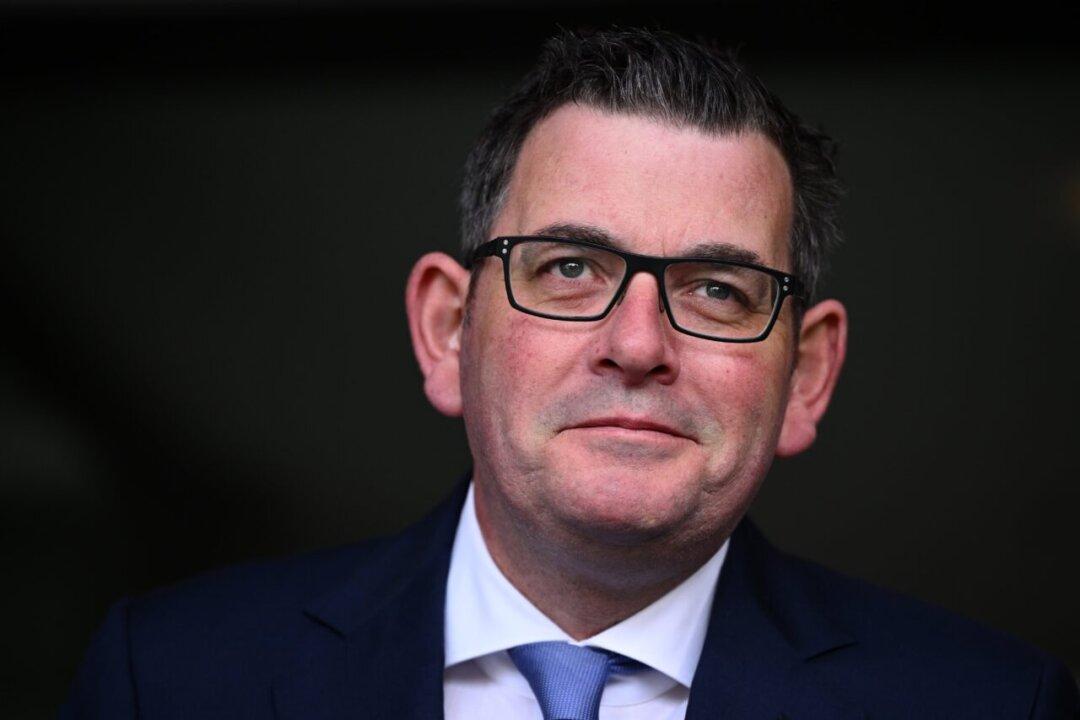Commentary
Victorians will be paying for the financial mismanagement of the Daniel Andrews government for at least the next decade.

Victorians will be paying for the financial mismanagement of the Daniel Andrews government for at least the next decade.